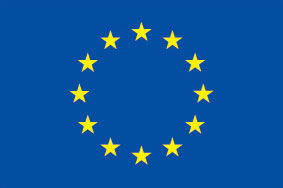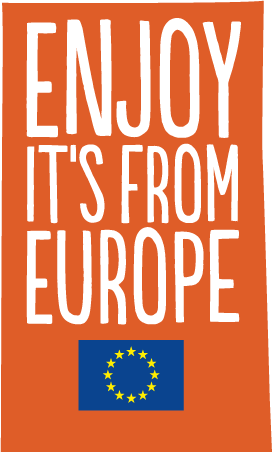It is a key moment for the pork sector in the Philippines. The government, via the Department of Agriculture in the Philippines (DA) and in the voice of its Secretary General Francisco Tiu Laurel Jr. has recently proposed to modify the allocation of quotas regarding Minimum Access Volume (MAV) [1]. The MAV was a decree that the Philippines began to implement thirty years ago, in 1996, with the idea of facilitating the access of pork from abroad to the archipelago but ensuring the competitiveness of the local industry. This indicator is the maximum volume of pork that can be imported with a lower tariff [2] for one year. Official sources indicate that the approval of this plan will be effective in October.
The MAV quota on pork was until today 55,000 MT. Within these limits, importers have been paying a 15% tariff rate, while if the volume imported per year exceeded this quantity, the rate went up to 25%. But several pressures exerted by both large importers and Philippine meat producers have made the Philippine government move [3].
More than a modification in the tariff, what they are going to implement is a change in the distribution. Of the total of 55k tons, 30k tons are prioritized for the big players in the processed meat industry, which is key because it distributes a variety of products at an affordable price to millions of Filipinos. Another 10k tons are set aside for small and medium traders, who normally distribute pork in smaller quantities and to wet markets outside Metro Manila. The main novelty is that with the remaining 15k the government decides to keep it in stock, in anticipation of new shortage crises or ASF-type diseases.
As mentioned, even with domestic recovery, the commercial strategies for the future of the sector maintain the bet on imported pork. This change might now favour the big and stable partners among other players. One of the latest market news is the arrival of Argentine pork, recently authorized for exporting to the Philippine market [4]. A first shipment from a company in the Buenos Aires region containing offal cuts arrived at the end of April [5]. South America looks strong, with Brazil remaining the main competitor to be reckoned within this market. Philippine importers highlight the competitive price and volumes offered. According to ABPA [6], the Brazilian Animal Protein Association, pork exports to the Philippines during May were 28.2 thousand tons, up 115% compared to May last year [7].
For Europe, the new roadmap can also be beneficial. The system is much more structured, leaving the major importers and distributors of pork as the main winners. They will be able to sign longer-term contracts, with relevant volumes and a more fixed price. On the other hand, traders who demand cheaper cuts and are less regular in terms of orders and price, lose prominence.
[1] https://www.da.gov.ph/da-revising-30-year-old-mav-rules-for-pork/
[2] https://www.philstar.com/business/2025/06/02/2447457/da-mulls-lower-tariff-pork-imports
[3] https://marketmonitor.com.ph/da-finalizes-pork-mav-allocation/#:~:text=The%20Department%20of%20Agriculture%20%28DA%29%20is%20finalizing%20the,tons%20amid%20pressure%20from%20meat%20importers%20and%20traders
[4] https://www.argentina.gob.ar/
[5] https://www.swineweb.com/latest-swine-news/argentine-pork-enters-philippine-market-for-the-first-time/#:~:text=Argentina%20has%20officially%20launched%20its%20first-ever%20pork%20export,major%20milestone%20for%20the%20country%E2%80%99s%20growing%20pork%20industry.
[6] https://brazilianpork.com.br/?lang=en
[7] https://www.3tres3.com/ultima-hora/las-exportaciones-brasilenas-de-carne-de-cerdo-crecen-13-7-en-mayo_52161/




